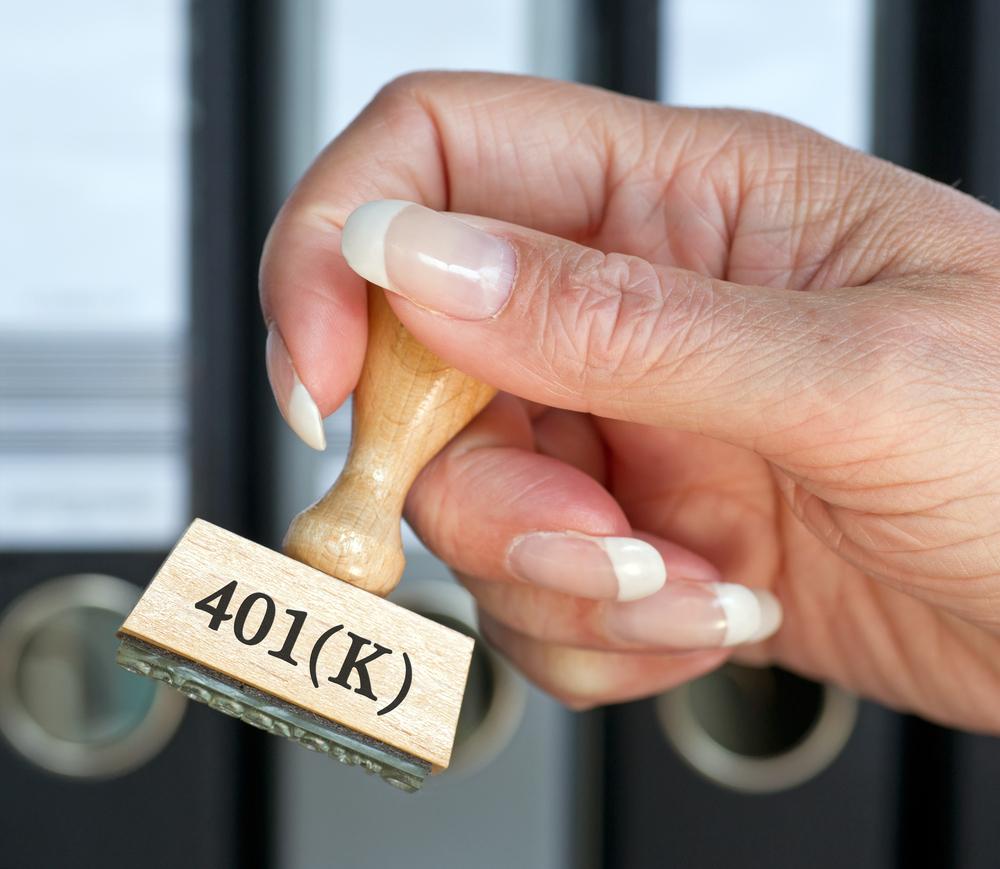The Best 401(k) Retirement Plan Practices
A 401(k) retirement plan is one of the best tools for working people and employees of a company for creating a secure retirement fund. For employees, the advantages are pretty obvious earnings and contributions to the 401(k) are tax deferred and secondly, employers tend to provide matching contributions to the 401(k) account (ranging from 0-100% of employee contributions). Listed below are the best practices for an employee’s 401(k) retirement planner:
Think about a Roth 401(k): Employees can invest taxed money in a Roth 401(k). Hence, those funds aren’t taxed when you withdraw them during retirement. If you’re beginning with a low salary which will rise later, it’s better to take the tax hit before than later.

Sticking to the plan: It’s easy to create a long-term investment plan and change it frequently. However, the ideal asset allocation strategy is to choose a mix of funds and stick to the plan even if the market falters it will pay off in the long run.
Investment advice fees: Free investment advice never hurts. However, if you’re paying someone a percentage of your portfolio to guide you through the choices and the process, you should understand that if you’re a young investor with limited assets, it’s probably not worth it.
Not touching the 401(k) before retirement: Dipping into the 401(k) nest egg is tempting, but do not so it. Not only will you end up paying taxes and extra fees, but you’ll also lose out on possibly compounded returns. Leave your 401(k) alone so that your profits can be reinvested, which will enable your nest egg to grow exponentially year after year.
Rolling over funds when quitting job: If you are quitting your job, it is very tempting to ask the employer to cut you a check for the 401(k) money, but it’ll cost you huge amounts in penalties and taxes. Instead, leave the account as it is to gain maximum from it. However, if you are asked to leave the company’s retirement plan altogether, roll the funds into the 401(k) at your new job or into an IRA. That way, your retirement nest egg continues to grow and is safe.

